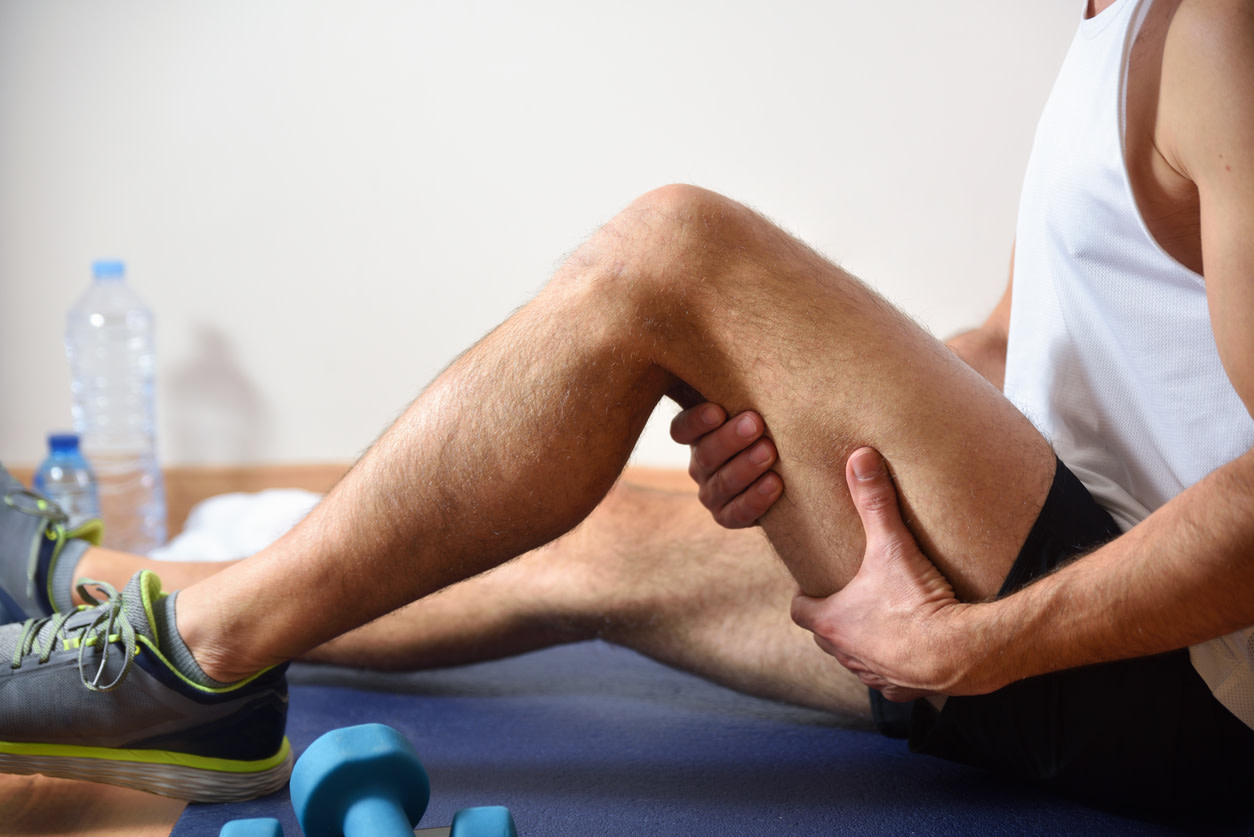Hamstring Tendonitis: Signs You Have It and How to Treat It
Hamstring tendonitis pain can feel frustrating, but these treatments and exercises recommended by physical therapists can help.
0 $ pour vous
Date de publication : Aug 29, 2024
Table des matières
Fully covered leg pain relief
Find relief from leg pain, calf pain, tight quads, & more.
Check if I'm eligibleExercises to Relieve Hamstring Tendonitis
Want expert care? Check if you're covered for our free program →- Hamstring Curl
- Standing Hip Extension
- Squat
- Lunge
- Hamstring Stretch
